When arts meet technology at Hylozoism

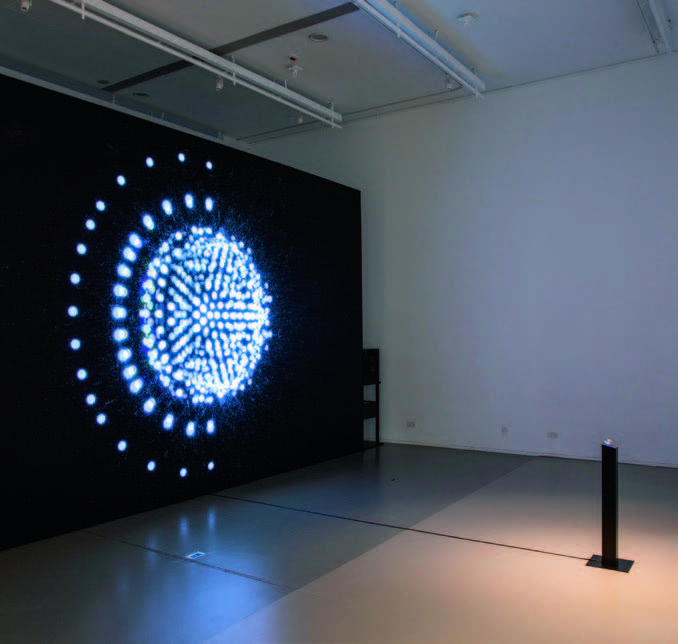
|
"Hylozoism" – the doctrine that all matter has life – is an unlikely head word to be seen on an exhibition poster. It does trigger the curiosity of passers-by to find out what it is all about. "Hylozoism: An Arts & Technology Exhibition" is a landmark exhibition of media art that depicts the new ecology co-created by humans and machines. According to co-curator Joel Kwong, the idea that all things in the world possess a distinct spiritual essence invites us to look at matters with new lens. At the master lecture held at the
The wavelength frequency can be changed with a controller to manipulate various simultaneously existing, perpetually changing electromagnetic waves. This work presents the flow of a multitude of electromagnetic waves, a phenomenon that usually goes unnoticed. Through this installation, viewers can see how smartphones, radios and other devices brought into the venue affect the data collected by the setup.
|
Others
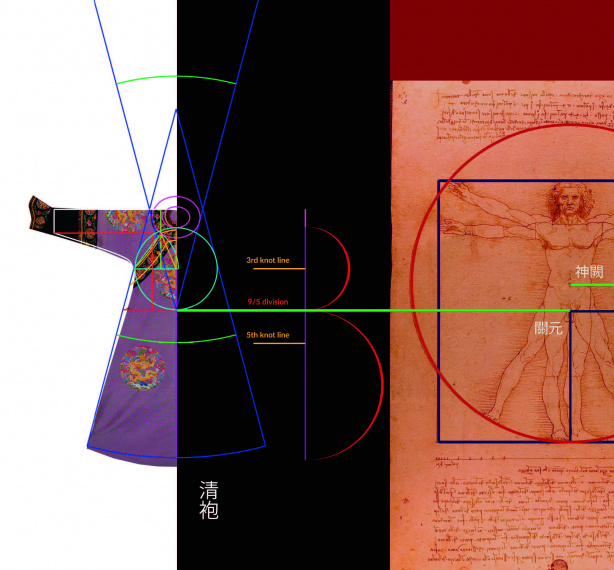
Latest News | 23 May 2023
L'impression du temps: REINVIGORATING THE SOUL OF TRADITIONAL CHINESE FORMAL WEAR
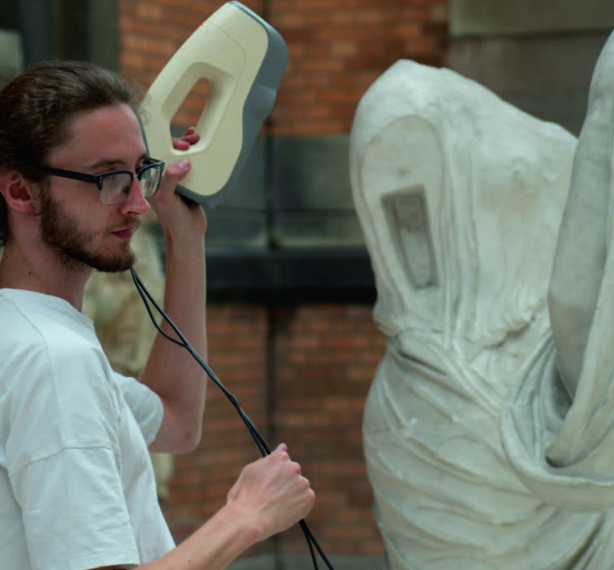
Latest News | 23 May 2023
Scan the World: TO LIVE, CULTURAL HERITAGE NEEDS TO BE SHARED

Latest News | 23 May 2023
Heritage, Protection, Innovation: An interview with Leonie Ki – founder of Hong Kong Gaudeamus Dunhuang Ensemble

Latest News | 23 May 2023
K11: Craft & Guild Foundation REVIVES CHINOISERIE WITH GUANGCAI
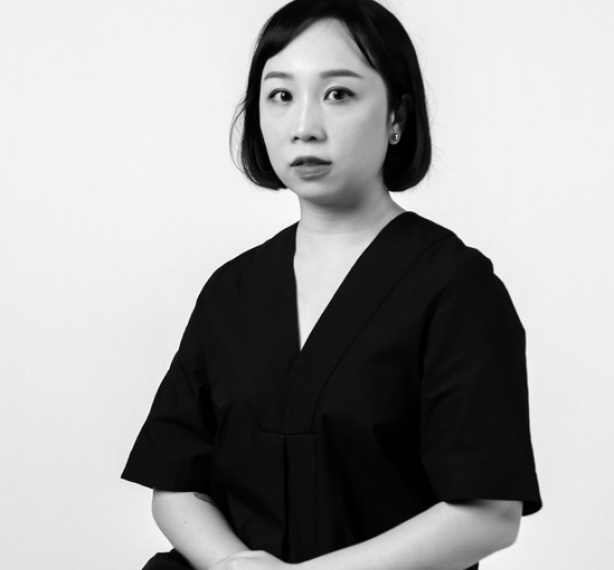
Latest News | 23 May 2023
HKDI graduates sparkled in DFA Hong Kong Young Design Talent Award
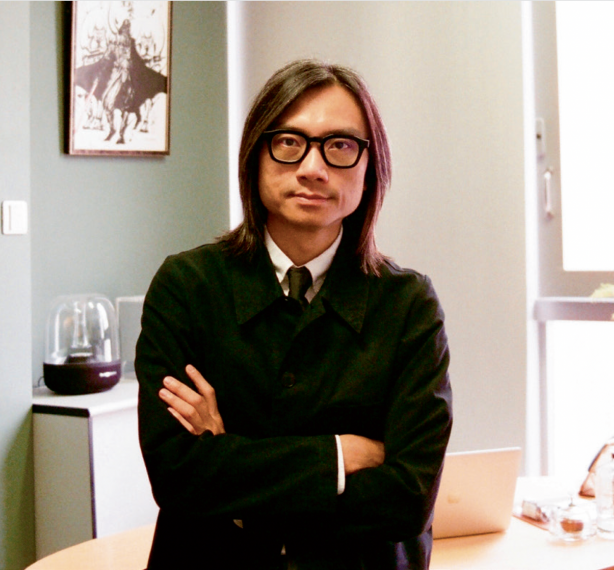
Latest News | 23 May 2023
HKDI staff shined in local and international awards
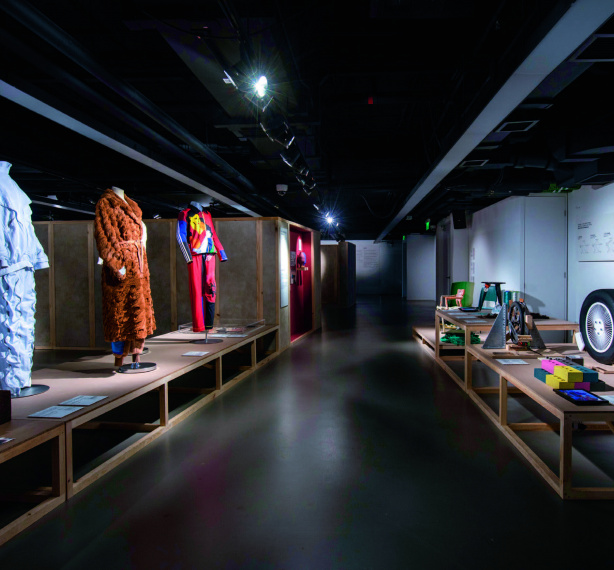
Latest News | 23 May 2023
"Waste Age" shows greener ways to break the "take, make and waste" cycle
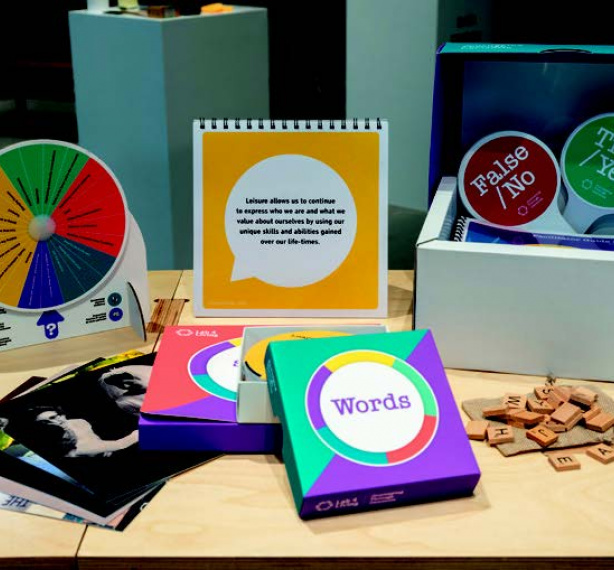
Latest News | 23 May 2023
Beyond 100 : Transforming Design & Imagining Futures with Lab4Living
